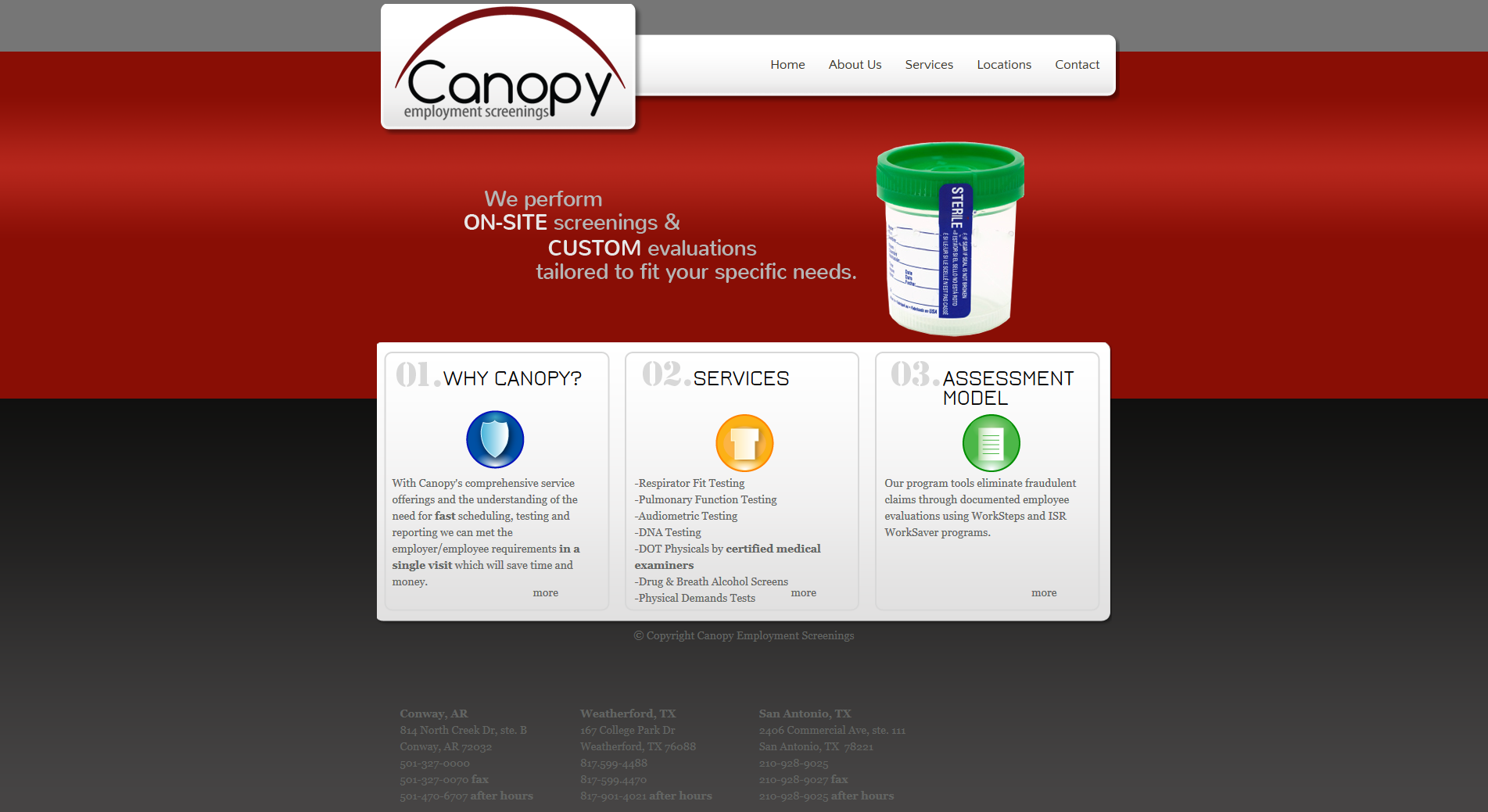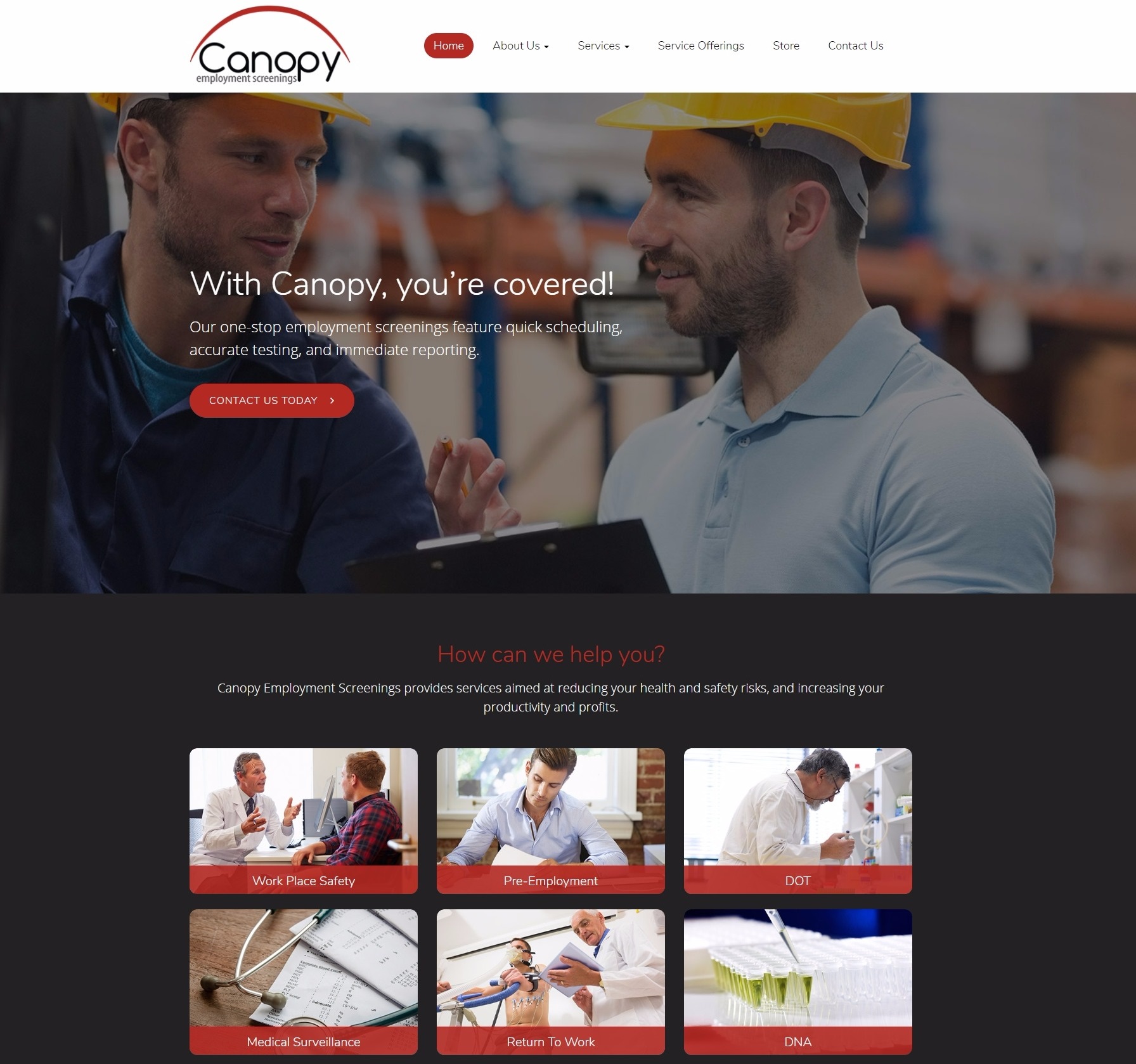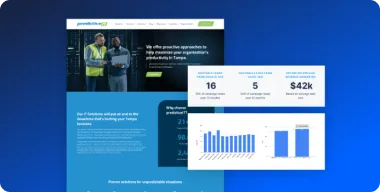At some point a blog article, marketing consultant, or banner advertisement has probably urged you to build a website. You may have even read one of our case studies on just how big of a difference a website and digital marketing campaign can have on your marketing ROI. You know it’s a must, but you still have one big question:
How?
The process of developing a website, implementing an effective digital marketing campaign, and maintaining both the website and marketing efforts with a positive ROI isn’t any easier than it was five years ago.
So what’s different today from the last time you investigated expanding your web presence?
Today, we have a better sense of the absolute necessities when building a web presence, the things you can wait on, and how much you should expect to generate from your efforts.
We’re going to take a closer look at what that looks like – the development and maintenance processes, and what resources you’ll need to have in place to ensure success for your website.
Developing a Website for an Industrial Company
You need a website, but where do we start? A quick look at your competition will likely show a huge range of quality. From sites like this:

…to professional-grade productions like this:

Wherever your site falls on this spectrum (or if you don’t have a site at all yet), you want a new website that fits the specific needs of your business. Don’t worry about the flashy features and new technology being pitched by your local web designer. Focus instead on what is going to support your marketing efforts, provide value to your prospects and customers, and match your industrial brand.
There are three things to consider in this process:
- Accessibility of information
- Professional design and presentation
- Conversion-readiness of the site and UX
In short, does your website look professional and easy to navigate, providing high-quality information that your prospects need and ample opportunities to convert and fill your sales funnel?
The answer to this question will be different for every manufacturer. If you have only a handful of custom services you are very good at, a small 5-10 page website that focuses on past work and your unique capabilities will get the job done. If you are an OEM offering more than a hundred custom part sizes, your needs will be much more robust and should be reflected in all three factors above.
So, what specific things should you look at when evaluating the design process for your website? Here are several to look at:
- How many pages do you need? Do you have existing copywriting from a current website or print collateral, or will you need to write all new advertising copy for the website?
- Do you have existing photographs and videos that can be used for your website or will you need to have new ones taken? Are your services compatible with stock photos or will all visuals need to be custom taken?
- What existing resources do you already have in hand? This includes PDF documents for your quality certifications, equipment lists, case studies, compatibility charts, and sizes. Even if it’s an old print document, can it be scanned and updated for digital use?
- How will people contact you? What forms and inquiry options will you offer prospects? Beyond an RFQ and Contact form, what other options can you provide. Do you offer samples of your products or CAD files for engineers? Do you want to weed out low-quantity requests?
- What type of website look do you like best? Spend some time evaluating competitors and sites in other niches to select key pieces you like and don’t like from each.
Before you speak with a designer and start the process, have a clear sense of the five things above, to the point of writing down your thoughts, listing out the resources you already have available, and making a list of questions to ask.
Website and Marketing Resources to Have in Place
When the website design process starts, many manufacturers feel overwhelmed. The list of things needed for a successful design can be long, especially if you’ve never had a website built before or if your old site is very old.
To help, here is a list of the types of information and resources you should have on hand for the design process:
- List of capabilities and/or products
- List of machinery and equipment, tolerances met, and value add services
- Images for each of the capabilities, products, and value add services listed
- Documentation that can include (based on what’s available):
- ISO Certification
- Industry-Specific and Shipping Certifications
- Fluid and Material Compatibility Charts
- Sizing Charts
- CAD Files
- Brochures and Line Cards
- Replacement Part Guides
- Videos and case studies of previously completed projects
The more of this you have upfront, the faster the development process will be and the better situated your manufacturing website will be to perform well and drive positive ROI.
Maintaining Your Website and Marketing Efforts
Once your website is completed, the work isn’t over. The purpose of having a website is to have a destination your ideal prospects and customers can visit to learn more about your company, educate themselves on your services, and reach out when ready to discuss the next steps.
But for a website to successfully do these things, consider the following:
- Marketing resources and updates that capture attention on your website
- Promotional efforts that drive traffic to your website.The first of these, marketing resources, can be seen as a sort of maintenance. These are the efforts that make your site
worth visiting – both now and in the future. This might include:
- EBooks and white papers answering common questions related to your services
- Documentation of your recent projects that showcase both quality and capabilities
- A blog that publishes regular articles about your industry, educating visitors on topics in which you are an expert
- Quarterly revisions to your website to reflect changes such as equipment upgrades, certification renewals or registrations, and new offerings
- Design updates to reflect your most prominent and profitable services, and to account for success and failure in your marketing efforts
- Creation of landing pages and custom content for use in advertising campaigns
The goal here is to ensure your website remains the high-quality destination that you originally created and continues to generate new leads over time.
At the same time, all the website maintenance in the world won’t do a thing without active marketing efforts to drive people to your website. What does this include? Here are some basics to start:
- Email marketing to your existing database to share what you’ve been publishing
- Distribution of blog posts, case studies, eBooks, and white papers as they are written
- Social media publication to build your authority as a thought leader in your field
- Search engine optimization to generate traffic from search engines like Google to your website for the terms your prospects are most likely searching for
- Paid advertising in Google AdWords for your highest value services to specific landing pages designed for conversion
The goal here is to get people to your website, while making sure they are the right people. Measuring traffic quality and spending smartly to drive only the right people to your site can feel overwhelming, but by keeping track of your efforts, you can get a good sense at a high level of what works, what doesn’t work, and where to direct your investments.
The Cost of Running a Smart Online Marketing Campaign
All this said, the most natural next question is “how much does it cost?”
What exactly will you have to spend to build a website that does everything listed above, and then generate traffic to it over time so you can ensure positive ROI?
While a lot of those costs will depend on the type of website you build and the nature of your business, there are a few things you will need to budget for, including:
- Design and development of your website – Short of a developer in house who can build your site, you’ll likely need assistance with the process of the initial building of the site.
- Content creation – While many manufacturers opt to write their own content, be sure to budget time accordingly. Writing 10+ pages of content for a website can take a lot longer than anticipated and slow down your progress if you’re not careful. The same is true for photography and videos.
- Maintenance of the website – Ongoing maintenance involves updating the website platform periodically for security reasons, adding new content and updating old content as needed, and checking for issues over time. Make sure you have someone on staff who can do this, or look to a professional for support.
- Marketing support and maintenance – Almost all the marketing tasks listed above are ongoing tasks. These are things you’ll need to do over time — repeatedly — if you want to generate increased traffic and drive new leads from your website.
The actual cost of everything listed above will vary depending on the competition of your industry niche, the size of the website being created, the frequency with which you update it, and the marketing resources you have to invest.
But the ROI can be tremendous if you do it right. According to a 2016 study, manufacturers report a 60% higher ROI from inbound content marketing on a website over traditional outbound sales tactics. And the best part? Over time, it becomes a free source of traffic that will help you build a built-in audience you can leverage again and again to generate new business.
If you are serious about implementing a digital strategy for your sales and marketing efforts, it starts with a good website. Make a plan, gather the resources needed, and evaluate your budget in advance to ensure you see the results you’re looking for – you’ll be glad you took that extra time.
[scorg_shortcode id=”86092″]






